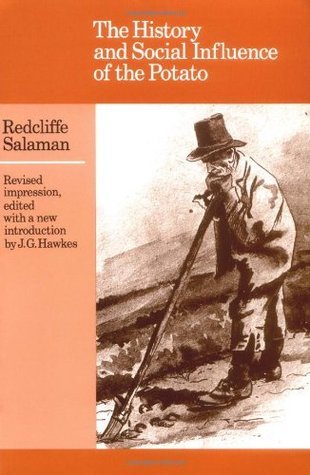
Salt: A World History
Book Description
Imagine a world where the mere grain of salt could ignite wars, shape economies, and influence empires. In "Salt: A World History," Mark Kurlansky unveils the vital role this simple mineral has played in the rise and fall of civilizations. From ancient trade routes to modern cuisine, salt is a powerful force we often overlook. Tales of heroes and villains intertwine as nations battle for control over this precious commodity, revealing its surprising impact on history. What secrets lie beneath the surface of this everyday substance, and how has it flavored the course of human civilization?
Quick Book Summary
"Salt: A World History" by Mark Kurlansky explores the profound impact of salt on human civilization. Far from being a mundane seasoning, salt has shaped economies, triggered wars, and forged trade routes over millennia. Kurlansky traces the journey of salt from its earliest uses and mythology across continents to its pivotal role in the rise and fall of empires. The book delves into how the quest for salt influenced technological innovations, led to the creation of cities, and spurred revolutions. By illustrating the cultural, economic, and scientific history of salt, Kurlansky reveals how a simple mineral fundamentally flavored the trajectory of humanity, often functioning as currency, preserving food, and even symbolizing power.
Summary of Key Ideas
Table of Contents
Salt as a Catalyst for Civilization and Trade
Salt has been central to human development since prehistoric times. Early societies discovered that salt not only enhanced flavor but also preserved food, fostering the growth of settlements and the domestication of animals. Ancient civilizations like Egypt, China, and Rome built their economies and infrastructures around salt, using it for religious rituals, trade, and sustenance. The mineral’s value was so high that it became a medium of exchange and gave rise to major trade routes stretching across continents. This foundation positioned salt as an essential catalyst for the growth of human civilization.
Economic and Political Power of Salt
Controlling salt sources often meant holding the keys to power. Empires and kingdoms established monopolies on salt production and sales, using taxes and regulation to exert authority over populations. Access to or the loss of salt could incite wars, trigger social upheaval, and even shape the outcomes of revolutions. The Chinese government’s salt tax financed the Great Wall, and the British salt tax in India became a rallying point for independence under Gandhi. Salt’s economic and political clout underscored its unassailable position in global affairs for centuries.
Salt’s Role in Technology and Preservation
Technological advancements in salt production—such as mining, evaporation techniques, and canal construction—significantly influenced industries and societies. Salt enabled the preservation of perishable foods, making it possible to store surpluses, support populations during lean times, and facilitate exploration and long-distance trade. Fish, meat, and vegetables preserved with salt expanded markets and allowed for the establishment of complex trading networks. Innovations in refining and extraction further increased salt’s availability, intertwining it with the dawn of modern industry and commerce.
Salt’s Influence on Culture and Daily Life
Beyond economics and power, salt has left a deep imprint on culture, language, and daily customs. Across the world, salt symbolism is embedded in traditions, superstitions, and religious practices. Sharing salt signifies hospitality, while spilling it is considered bad luck. Regional cuisines evolved thanks to unique salts and brining techniques, influencing tastes and diets. Place names, folklore, and proverbs often reference salt, revealing its enduring place in collective consciousness.
Modernization and the Decline of Salt’s Dominance
The industrial age transformed humanity’s relationship with salt. Large-scale mining and advances in transportation diminished its scarcity and reduced its economic and strategic importance. The development of refrigeration and chemical preservatives further decreased reliance on salt for food preservation. Yet, salt continues to be essential in industries ranging from chemicals to pharmaceuticals, and remains a staple in cuisine. Kurlansky concludes by reflecting on salt’s journey from precious commodity to commonplace necessity, highlighting how it helped shape the world as we know it.
Download This Summary
Get a free PDF of this summary instantly — no email required.





